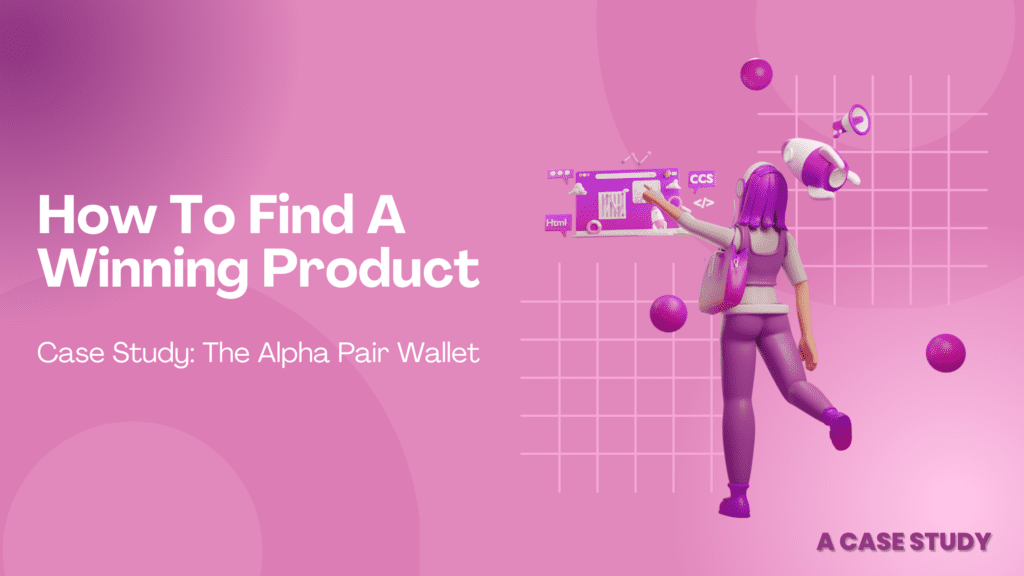Case Study: The Alpha Pair Wallet
Amazon sellers both new and seasoned are always on the lookout for ways to find a winning product. Most trainings on how to scale on Amazon revolve around a simple maxim; product selection is key.
If choosing the right product to sell is so important, how is it that so many successful sellers have different methods to finding them?

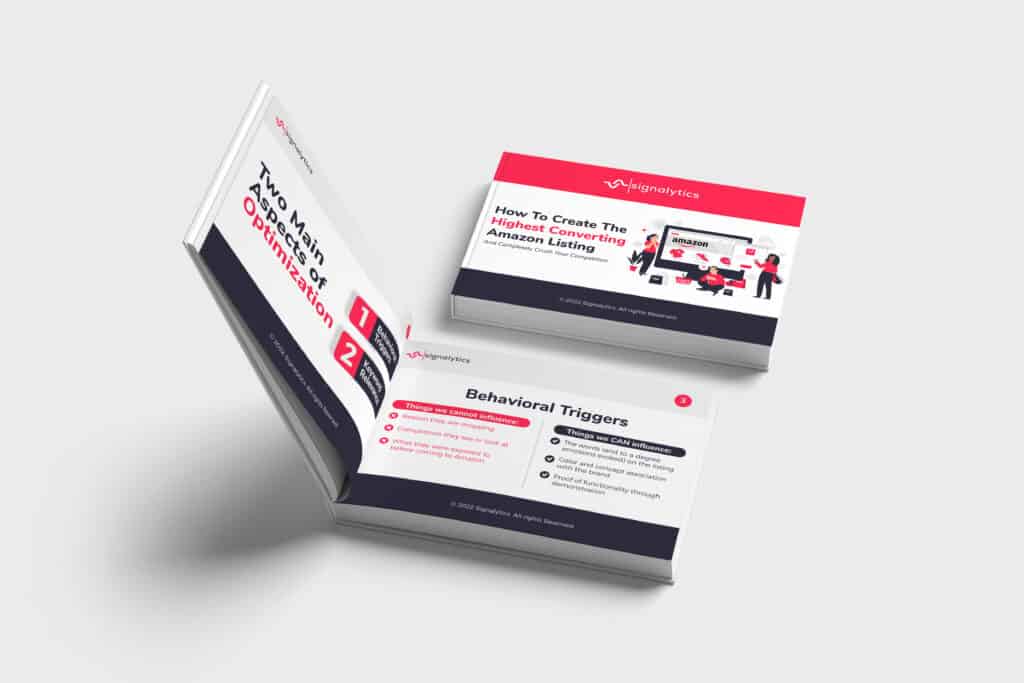
Get Our Internal Amazon Listing Optimization Operating System and increase conversions by 18%+ HERE 👇
Perhaps that is a testament to the fact that there are multiple ways to find success on the “everything store.”
In this case study, we’ll take you along the journey of the beginnings of a successful brand. We’ll start with product brainstorming, follow the logic that led to the product selection, and what actions were taken to launch it to top 50 in its subcategory.
How To Decide What To Sell
Many people who sell on the Amazon platform came to choose the marketplace before the market. Basically, instead of having a product and then deciding to sell it on Amazon, a LOT of sellers decide to sell on Amazon and go looking for a product with which to do that.
That’s perfectly fine, as we all know Amazon offers a lucrative opportunity for anyone willing to put in the work to build a physical product brand.
At Signalytics, we have several well-seasoned sellers with many years of experience, so the marketplace question was already solved. However, we desired to put our collective knowledge together and deploy it on a new brand, primarily for the case studies it would provide.
Now, we knew we were going to sell on Amazon, and we knew we were going to build a brand from the ground up so we could share how we did it, but we didn’t know what we were going to sell…yet.
Many teachers and thought leaders preach that you must do deep research to find an underserved market. That means, you need to find a product in high demand but with very few sellers. This is much easier said than done.
Some teachers will tell you to sell products that aren’t on the platform at all yet. The only problem with that is the product isn’t proven, so there is no data to suggest whether it will succeed.
We took a different approach, and chose a product to sell based on the brand that could be built around it. Here was our criteria:
- Non-seasonal (not that there is anything wrong with seasonal items…but they require a completely different approach).
- Something everyone already uses.
- Something connected to a hot, new trend.
- Something you could build a brand around that people would buy just because of the brand.
These simple rules guided us and we went to work looking at potential candidates. We considered all manner of products, from artificial trees, to electric generators, to hair removal devices. Ultimately we landed on air-tag wallets. Not only are wallets something everyone uses, but air-tags attached to things is a hot trend.
Furthermore, wallets have a lot of advantages over things like electric generators, such as being less expensive to manufacture, lighter to ship, and less likely to be damaged in transit.
One of the most important aspects of this product selection, however, was that as a fashion accessory, building a brand around it that would carry with it a perception that would add value to its products would be easier than with other niches.
So that is how the Alpha Pair brand became a wallet brand. The initial product idea was wallets with air-tags, but doing a non-air-tag version would be the most affordable and quickest way to launch an MVP (minimal viable product). And thus, the Alpha Pair wallet was born.
Steps For A Successful Product Launch
After sourcing and logistics are handled (very important steps as they impact your overall profit margin) setting the stage for a successful launch is key. Here’s what we did…
Competitor Analysis
The first step in launching a new product on Amazon is understanding the competitive landscape. This is important, not just in order to see how much competition there is, but also what those that are achieving stellar results are doing.
By doing this deep level analysis the steps toward success can be emulated and improved upon. Also, this gives an indication of the level of market penetration there is so that how much brand exposure buyers are getting to these competitors can be revealed.
Here are some of the competitor areas we analyzed.
Reviews
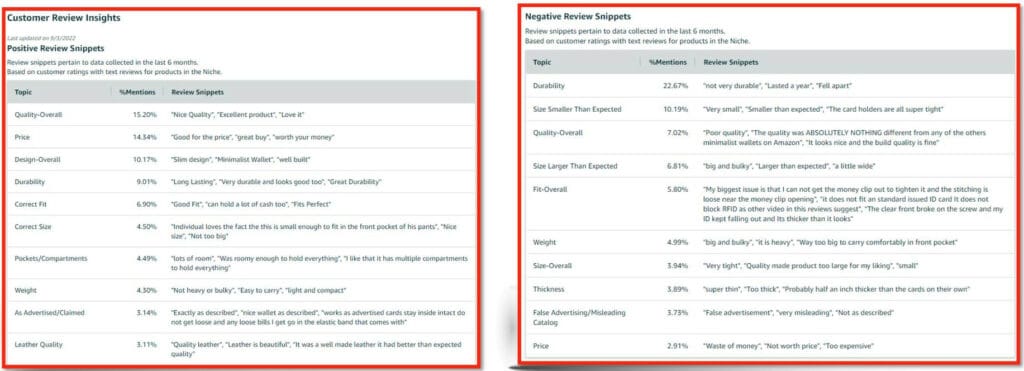
Reading competitor reviews is such a valuable activity. First, it informs you what customers liked and didn’t like about the product. It also shows what is important to the customer (how it made them feel, resolution to a specific problem, or a desired feature-set).
This is a great way to inform the copy that will be used in the listing.
Bullets
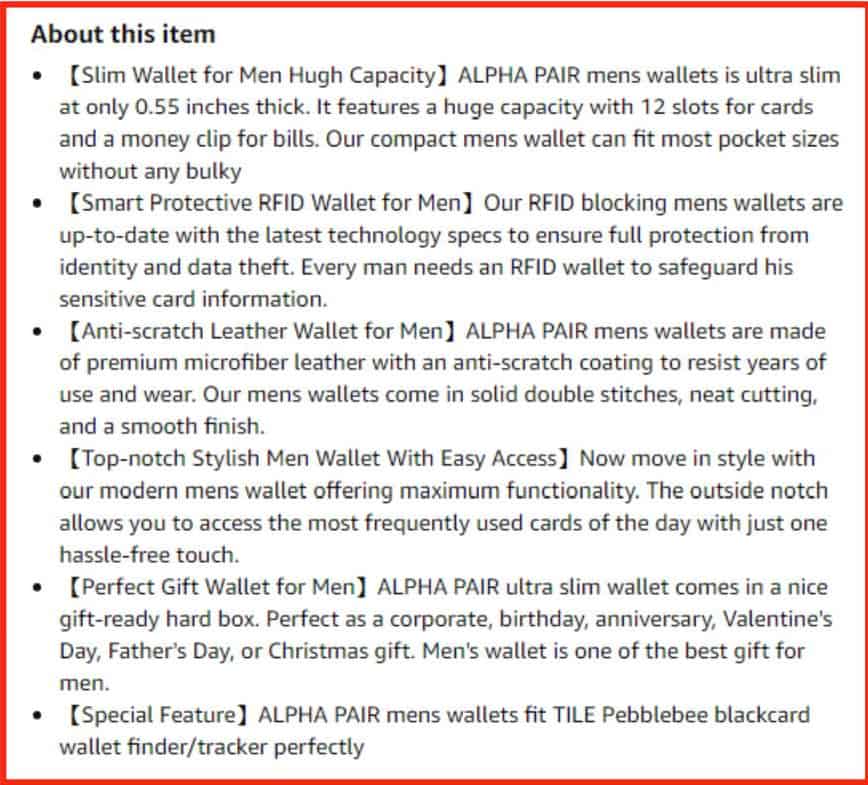
It’s important to identify bullet point structures that will grab attention. Basically, what characters, cases, or patterns will get people to at least skim through the bullet section?
You can identify these by:
- Looking at the bullets of top ranking/selling competitors.
- Look at language that is repeated from bullets in reviews.
- Look at heat map data.
Market Share Analysis


By looking at total market share of competitors you can determine how many listings and ranked keywords it will take to take a piece of their share. These provide crucial KPI’s to strive for.
Keyword Analysis
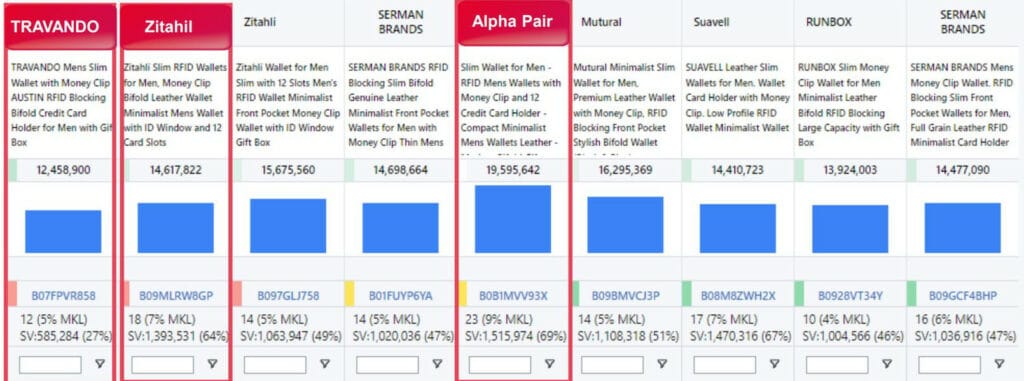
Keyword research is absolutely crucial to the process of launching on Amazon. The important thing here is determining what keywords Amazon will want to show your product for in search. The best way to do that is to see what listings are currently being shown and determining how relevant Amazon views their keywords.
Software tools like Data Dive help achieve this.
Another step in this process is looking at keyword density.
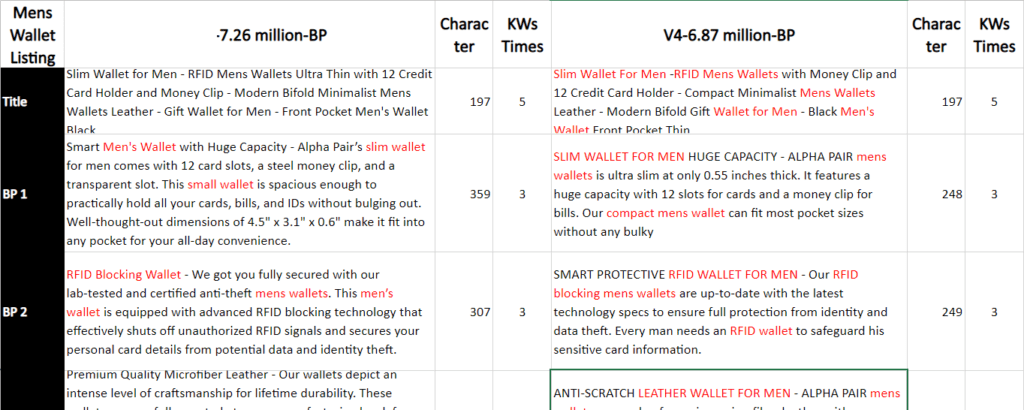
We’ve concluded that certain words need to be repeated throughout a listing in order for Amazon to understand their relevance, but how much keyword density can vary. By analyzing top selling competitor listings and looking at exact how their listings are structured, including how many times they repeat certain words, you can get an idea of what level of density may be important for certain keyword variations.
These are just a few of the things we dove into with Alpha Pair’s competitors, but as you can see, understanding the landscape is critical for setting benchmarks and goals.
Listing Creation/Optimization
After we identified keywords and language (as well as image structure through heat-mapping) it was time to create the listing. Since we are launching a brand, rather than just a product, we also set up Brand Registry immediately in order to take advantage of A+ content.
The steps for crafting the perfect listing were a follows:
- Create a succinct and eye-catching title using the preferred customer language and leveraging important searched keywords.
- Write detailed and persuasive bullet points.
- Write descriptive and engaging A+ content that serves as the product description.
- Create imagery proven to draw eyes and attention.
- Utilize effective imagery and video in listing as well as A+.
This is an oversimplification, but truthfully listing creation doesn’t have to be incredibly complex. These points boil down the most critical steps.
A Note On Outsourcing Imagery
We have incredibly talented writers and designers on staff at Signalytics, but we also have a lot of work. In an effort to expedite the process of getting our first listing live and keep from weighing down our team with too much work we attempted to outsource the graphic work for the A+ content.
Our team handled writing and photography, but the outsourced design team would handle putting it all together in infographics, action shots, etc.
Unfortunately that did not work out for us. The work returned was simply sub-par, especially for a product and brand we knew we could turn into a top contender. Ultimately we had to have our own designers step in and take over.
Obviously we acknowledge that there are incredibly talented designers out there (we’d like to think we have a few here). The point of telling you this part of the story is to…
- Acknowledge that no launch goes so smoothly as to not have any hiccups.
- Stress how important it is to not cut corners when it comes to imagery. Images may be the most important part of your listing.
Sales: PPC & Promotions
The next step was to begin paid ads and promotions in order to build up sales velocity and history. Sales velocity is a vital piece of the ranking puzzle and ranking for important keywords was a big part of our strategy.
We simultaneously offered promos, discounts, and ran PPC so the velocity would be maximized in an effort to rank aggressively and quickly as well as to build relevance for a high number of longer-tail keywords.
All rank increases for new and continuously added keywords equals more visibility and exposure.
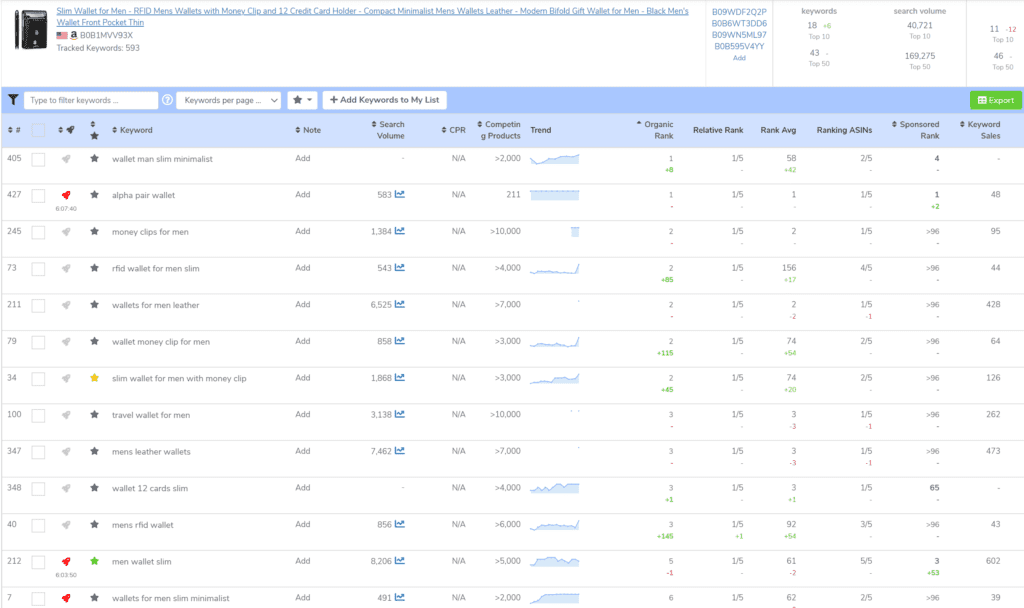
Here are the advantages to moving swiftly and gaining sales quickly:
- Amazon increases your listing in rank order for important keywords.
- Amazon sees your listing as relevant for more keywords.
- Relevance will increase and drive CPC’s down in PPC.
- Reviews will accumulate faster thereby increasing conversion rates.
- Inventory caps are raised.
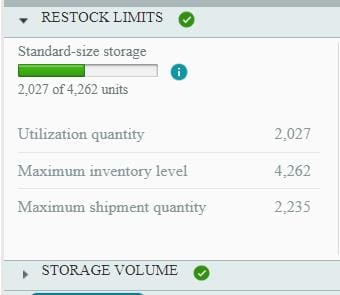
With a strategic approach to aggressive PPC, targeting the right keywords and placements, while also driving promotion sales to keywords, you can achieve momentum that will help you continue to grow.
Continuous Tracking
You cannot know where you are going if you don’t know where you’ve been. One of the biggest missed opportunities for many sellers, new and experienced, is improper tracking and analytics.
We were determined not to make that mistake, so we tracked and continue to track every detail of our listing(s). From promotion sales to ad sales to impression changes to reviews, conversion rate, indexed keywords and everything in between.

With this granular a level of tracking, we’ll be the first to know if something isn’t performing properly, or if something worked better than expected. Knowing these details, you can adjust your approach accordingly.
Expert Analysis & Conclusions
For this first phase of the case study, we spoke with our department head and asked for her conclusions on whether our approach was optimal. These were her thoughts…
- It is very important to have good content with the highest ranking “juice” (according to Data Dive) among the competitors. It’s also important to repeat keywords where necessary.
- Get at least 10 reviews as soon as possible!
- Big promotion push to get orders at the very beginning, especially if 0 review/rating.
- Run 7-day deal from agency side if possible. Amazon deals are always great for sales and traffic.
- Big PPC push while 7DD, to create sales velocity and rank for target keywords.
- Get as many orders as possible while running deals. If the units sold does not meet expectations, reduce deal price + create on-listing coupon.
- Always remember, Deals, coupons or price adjustment are all for KWs ranking, as KWs ranking is determined primarily by the unit-sold, thus we pushed on promotions side to get orders.
As a result of these actions, we were able to achieve top 50 BSR in the subcategory for Men’s Wallets.
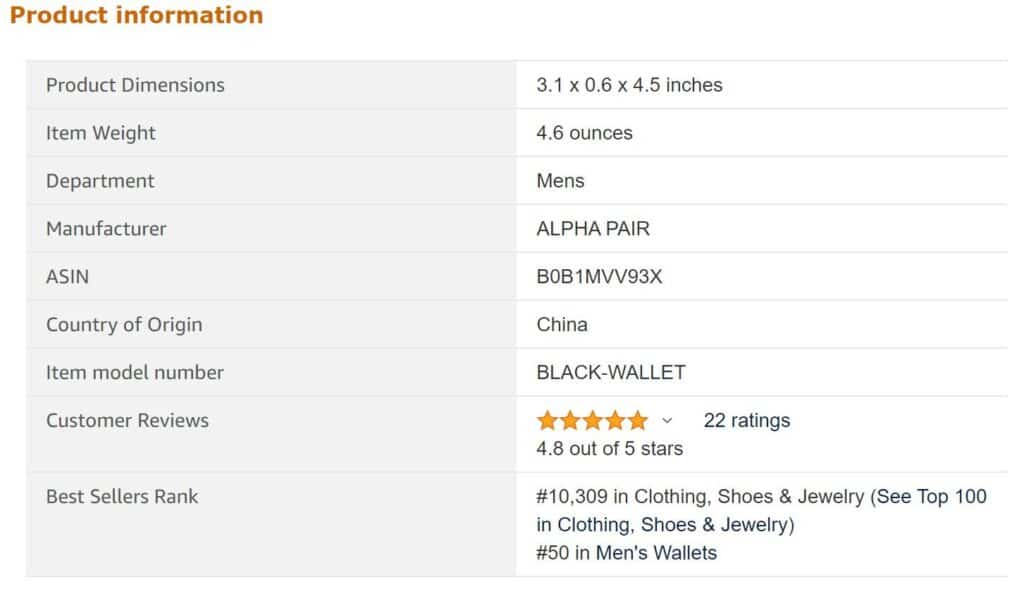
That concludes phase one of our Alpha Pair case study. Stay tuned and next time we’ll show you how we launched a second product and utilized influencer marketing to create a giant push that led to many organic sales.

